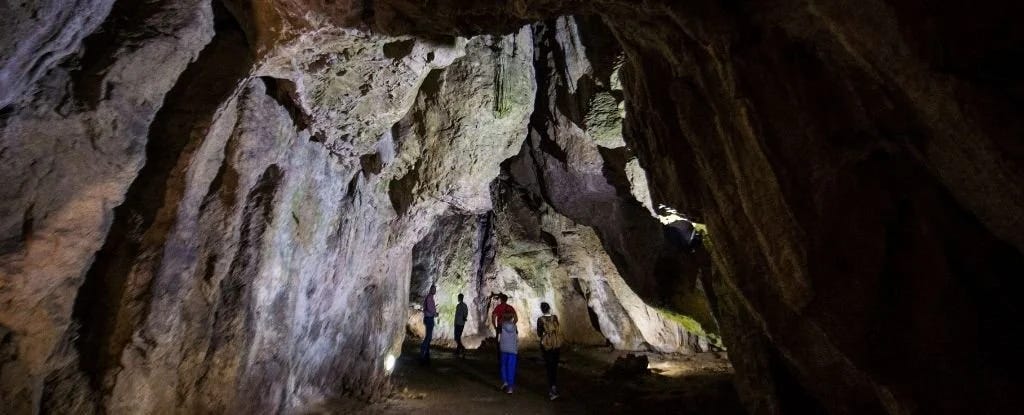Several Expansion Events From A Out of Africa Hub Peopled Europe, Asia And The World
A population hub explains diverging East Asian lineages in Europe 45,000 years ago
Bacho Kiro Cave, in central Bulgaria, has been a sort of paleoanthropological and archaeological gold mine. The first findings of human remains and stone tools came out in 2015 and the oldest fossils and artifacts are dated to be around 45,000 years old. This makes the site the oldest upper Paleolithic deposit in Europe and it has proven to be an important time stamp in understanding modern human evolution.
See, last year, Nature published a paper that analyzed the ancient DNA of three of these individuals and concluded that these people were more genetically related to East Asians and the Americas than to western Eurasians1. What also confounded that analysis is evidence of Neanderthal introgression in these three individuals. This is another line of evidence that the first European humans were mixing and mingling with Neanderthals.
Another paper, also published last year, but in Nature Ecology & Evolution, looks at the genome of a female from Zlatý kůň, Czechia who lived in a similar time frame2. She also died sometime around 45,000 years ago. Her genome is 3% Neanderthal, as well. Her Neanderthal genes are longer than others, leading to an inference that she is one of the earliest “out of Africans” known to date. But looking closer at her genome, she has no genetic impact on later Europeans and Asians.
It is curious how spatially and temporally both the Bachi Krio trio and Zlatý kůň are to one another but have had few genetic similarities. So… Just what happened?
Keep reading with a 7-day free trial
Subscribe to Anthropology.net to keep reading this post and get 7 days of free access to the full post archives.

